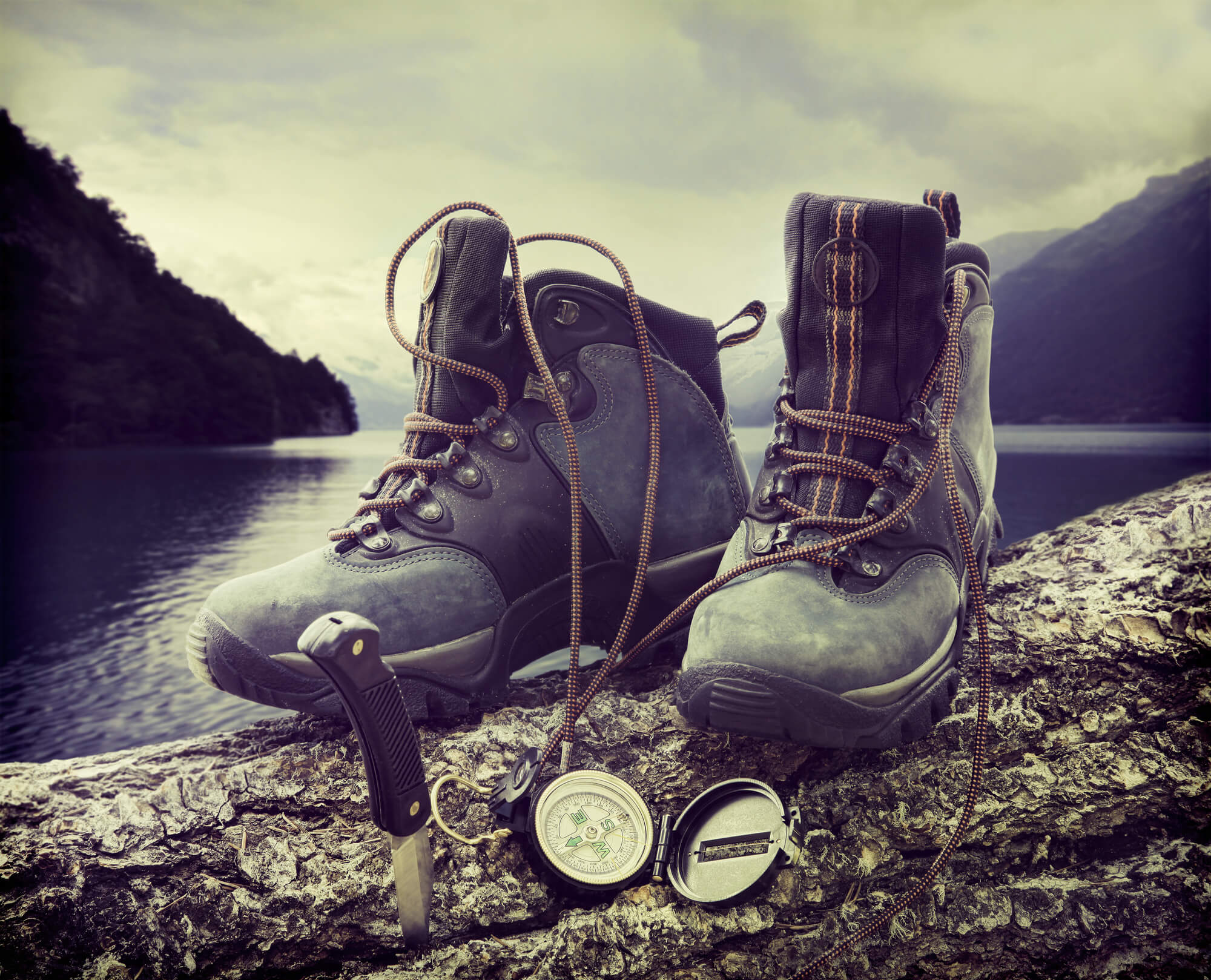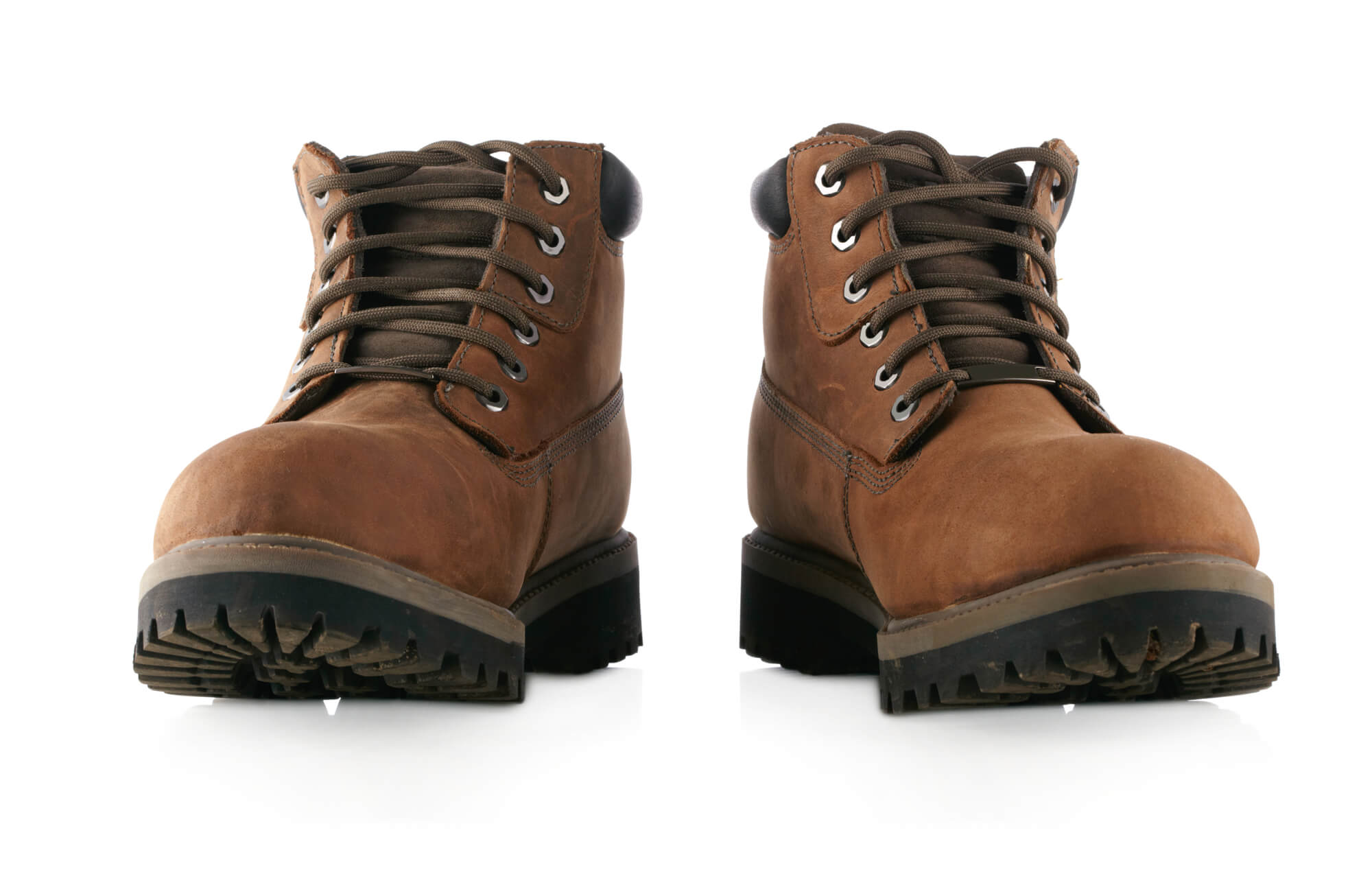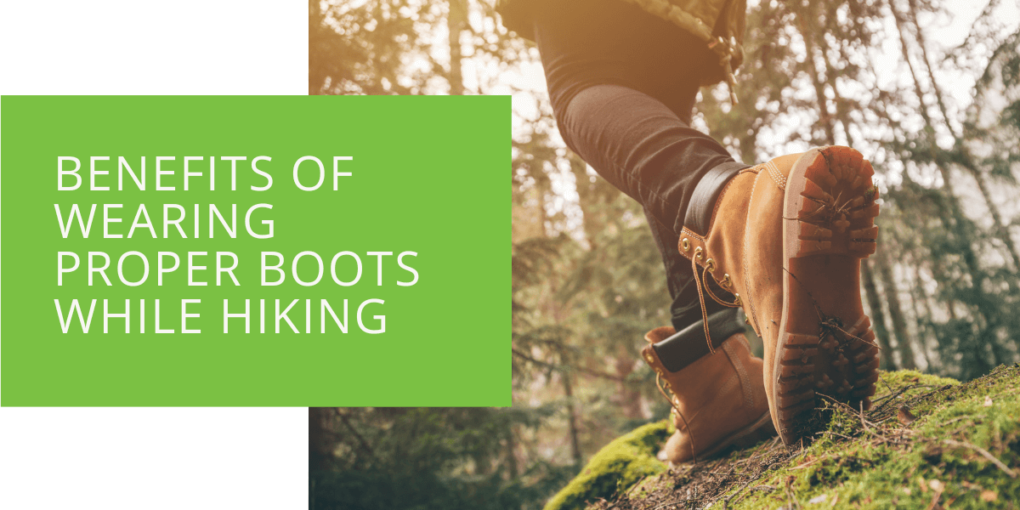The Benefits of Wearing Proper Boots While Hiking
Are you planning to hit the hiking trails soon? Whether embarking on a short day hike or a longer, more rugged journey, wearing proper hiking boots to protect your feet and ankles is essential. This article will explore the benefits of wearing proper hiking boots, including ankle support, blister prevention, and improved traction. We'll also discuss what to look for when choosing a pair of hiking boots and offer tips for breaking them in.
The Importance of Proper Footwear for Hiking
If you're planning to hike, it's important to wear footwear that's designed for the trail. Wearing sneakers or shoes not designed for hiking can increase your risk of foot and ankle injuries, including sprains, blisters, and more.
When you wear proper hiking boots, you're providing your feet and ankles with the support and protection they need to handle the varied terrain and challenges of the trail. Proper hiking boots can also help to prevent foot fatigue and promote better posture and alignment.

The Benefits of Wearing Proper Boots While Hiking
So, why exactly should you wear hiking boots when hitting the trails? Here are just a few of the benefits:
Provides Support and Stability for Your Feet and Ankles
Hiking boots are designed with ankle support in mind, which can help to prevent ankle sprains and other injuries. Additionally, hiking boots are stiffer and more supportive than sneakers or trail runners, which can help to keep your feet stable and prevent them from rolling or twisting on uneven terrain.
Reduces the Risk of Blisters and Other Foot Irritations
One of the most common issues hikers face is blisters and other foot irritations. Hiking boots are designed to provide better protection for your feet, with features like thicker soles and breathable materials to help prevent sweat buildup and rubbing.
Helps to Prevent Ankle Sprains and Other Foot Injuries
As mentioned earlier, hiking boots provide better ankle support than other types of footwear. This can help to prevent ankle sprains and other injuries, which are common on uneven terrain.
Promotes Proper Posture and Alignment During Hiking
Hiking boots are designed to promote proper posture and alignment while hiking. This can help prevent foot and ankle fatigue and other issues like knee and back pain.
Improves Traction and Grip on Various Terrains
Finally, hiking boots are designed with better traction and grip, which can help you navigate various terrains more safely and confidently. This can be particularly important when hiking in wet or slippery conditions.

Key Features of Proper Hiking Boots
Now that we've covered the benefits of wearing proper hiking boots let's take a closer look at what to look for when choosing a pair. Here are some key features to keep in mind:
Ankle Support
As mentioned earlier, ankle support is a critical feature to look for in hiking boots. Look for boots that provide enough support to prevent ankle twists and sprains but not so much that they limit your range of motion.
Traction and Grip
Another important feature to look for is good traction and grip on the soles of the boots. This will help you to navigate varied terrain more easily and reduce your risk of slipping or falling.
Waterproofing
Depending on the conditions you'll be hiking in, waterproofing may be an important feature to look for. Waterproof hiking boots can help to keep your feet dry and comfortable, even in wet or muddy conditions.
Breathability
On the other hand, breathability may be more important than waterproofing if hiking in hot or dry conditions. Look for hiking boots with breathable materials, like mesh, to help prevent your feet from getting too sweaty or overheated.
Proper Fit
Finally, finding a pair of hiking boots that fit well is important. Look for snug boots that are not too tight and provide enough room in the toe box to allow your toes to move freely.

Choosing the Right Hiking Boots for You
Now that you know what to look for in hiking boots, how do you choose the right ones? Here are some factors to consider:
Terrain
Think about the type of terrain you'll be hiking on. Will you be hiking on flat trails or rugged, rocky terrain? The more challenging the terrain, the more supportive and sturdy your hiking boots should be.
Weather Conditions
Consider the weather conditions you'll be hiking in. Will you be hiking in hot, dry weather or wet, rainy conditions? Depending on the weather, you may need to prioritize breathability, waterproofing, or both.
Personal Preferences
Finally, consider your personal preferences when it comes to hiking boots. Do you prefer a stiffer, more supportive boot or something more flexible and lightweight? Do you like a lot of ankle support or prefer something with a lower cut?
Tips for Breaking in Your Hiking Boots
Once you've found the perfect pair of hiking boots, breaking them in properly before hitting the trail is important. Here are some tips:
Wear Them Around the House
Start by wearing your hiking boots around the house for short periods to help break them in and get used to their feel on your feet.
Take Short Hikes
Next, take your new boots on short hikes, gradually increasing the length and intensity of your hikes over time.
Use Insoles
If your hiking boots don't provide enough arch support, consider using insoles to help provide additional cushioning and support for your feet.
Adjust Laces
Adjust the laces of your hiking boots properly to help ensure a snug, comfortable fit.
Conclusion
If you plan to hit the hiking trails, don't forget the importance of proper footwear. Wearing the right pair of hiking boots can help to prevent foot and ankle injuries, reduce the risk of blisters, and improve your overall hiking experience. Use the tips and information in this article to find the perfect pair of hiking boots, and be sure to break them in properly before hitting the trail. Happy hiking!

